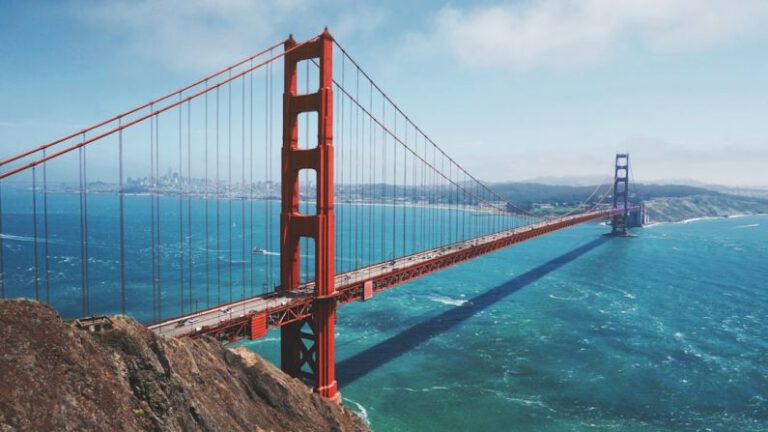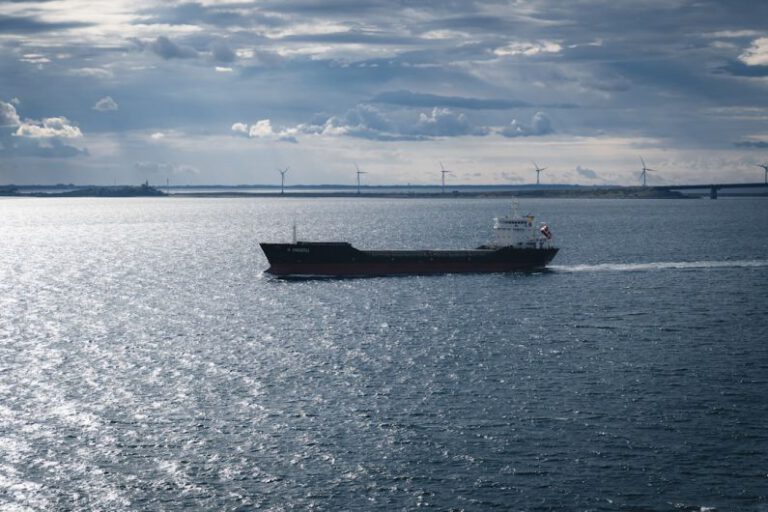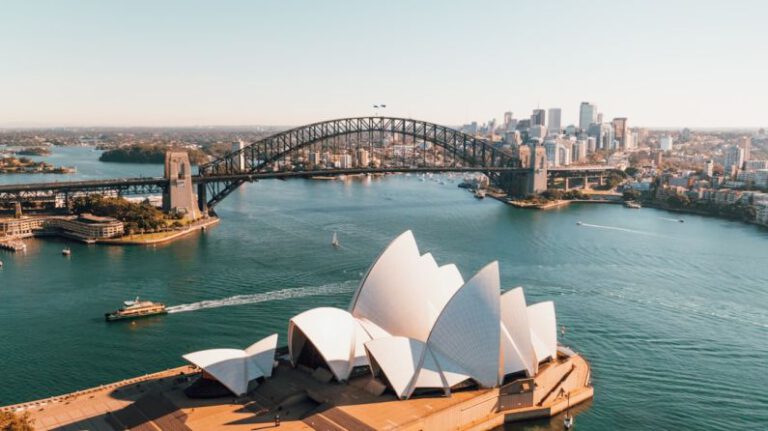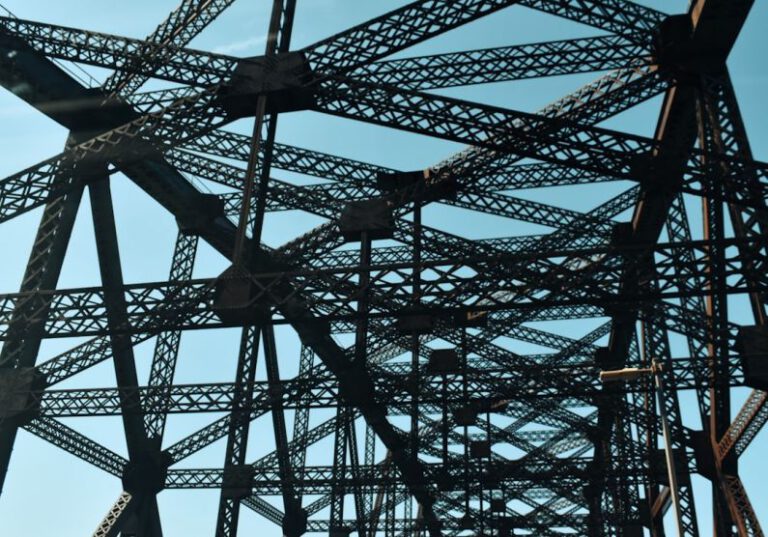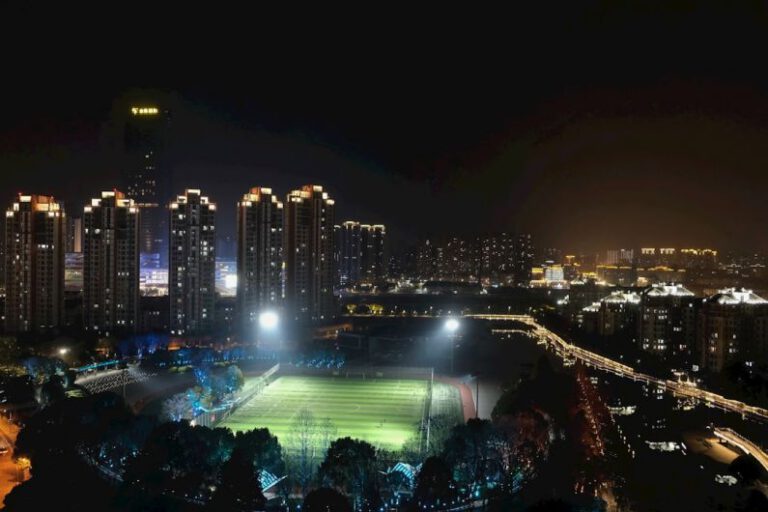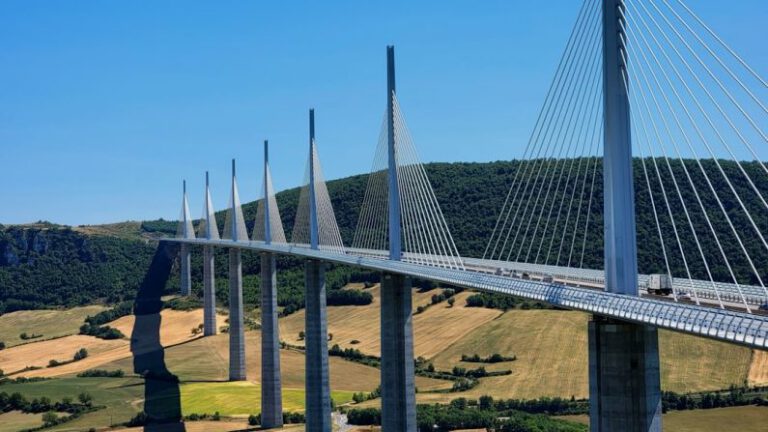The Akashi Kaikyō Bridge: Connecting Islands, Connecting Cultures
Stretching across the Akashi Strait in Japan, the Akashi Kaikyō Bridge stands as a testament to human ingenuity and engineering marvel. Connecting the islands of Awaji and Honshu, this iconic bridge not only serves as a link between two land masses but also symbolizes the unification of cultures and the spirit of collaboration. Let’s delve into the fascinating story of the Akashi Kaikyō Bridge and explore how it has become a symbol of connectivity and unity.
**The Bridge’s Remarkable Construction**
The construction of the Akashi Kaikyō Bridge began in 1988 and was completed in 1998 after a decade of meticulous planning and execution. Spanning a total length of 3,911 meters, the bridge holds the record for being the longest central span of any suspension bridge in the world, measuring an impressive 1,991 meters. The engineering feat required to build such a structure over the turbulent waters of the Akashi Strait cannot be overstated.
**Architectural and Engineering Marvel**
The Akashi Kaikyō Bridge is a stunning example of modern architecture and engineering prowess. Its graceful curves and towering pylons make it a sight to behold, especially when illuminated at night. The bridge’s ability to withstand high winds, earthquakes, and typhoons showcases the meticulous planning and attention to detail that went into its construction. The use of cutting-edge technology and innovative design principles has ensured that the bridge remains not just a functional passageway but also a work of art in its own right.
**Connecting Islands, Connecting Cultures**
Beyond its physical attributes, the Akashi Kaikyō Bridge serves a deeper purpose of connecting people and cultures. By linking the islands of Awaji and Honshu, the bridge has facilitated easier travel and trade between these regions, fostering economic growth and cultural exchange. The seamless connection provided by the bridge has helped break down barriers and bring communities closer together, promoting understanding and collaboration.
**Symbol of Unity**
As a symbol of unity, the Akashi Kaikyō Bridge represents the enduring bond between different regions and the shared aspirations of humanity. It stands as a reminder of what can be achieved when people work together towards a common goal, transcending geographical boundaries and cultural differences. The bridge’s presence has not only improved transportation infrastructure but has also become a source of pride for the people of Japan, embodying their resilience and innovation.
**A Beacon of Progress**
Moreover, the Akashi Kaikyō Bridge serves as a beacon of progress and development, showcasing Japan’s commitment to pushing the boundaries of technological advancement. The bridge’s construction and successful operation have inspired other nations to embark on ambitious infrastructure projects, sparking a wave of innovation in the field of civil engineering. Its legacy continues to influence future generations of engineers and architects, encouraging them to dream big and strive for excellence in their pursuits.
**Celebrating Connectivity**
In conclusion, the Akashi Kaikyō Bridge stands as a testament to human achievement and the power of connectivity. By bridging physical gaps and fostering cultural connections, it has become a symbol of unity and collaboration. As we marvel at its architectural beauty and engineering brilliance, let us also celebrate the spirit of cooperation and partnership that brought this iconic structure to life. The Akashi Kaikyō Bridge not only connects islands but also hearts, embodying the shared values and aspirations of a global community united in purpose and progress.

